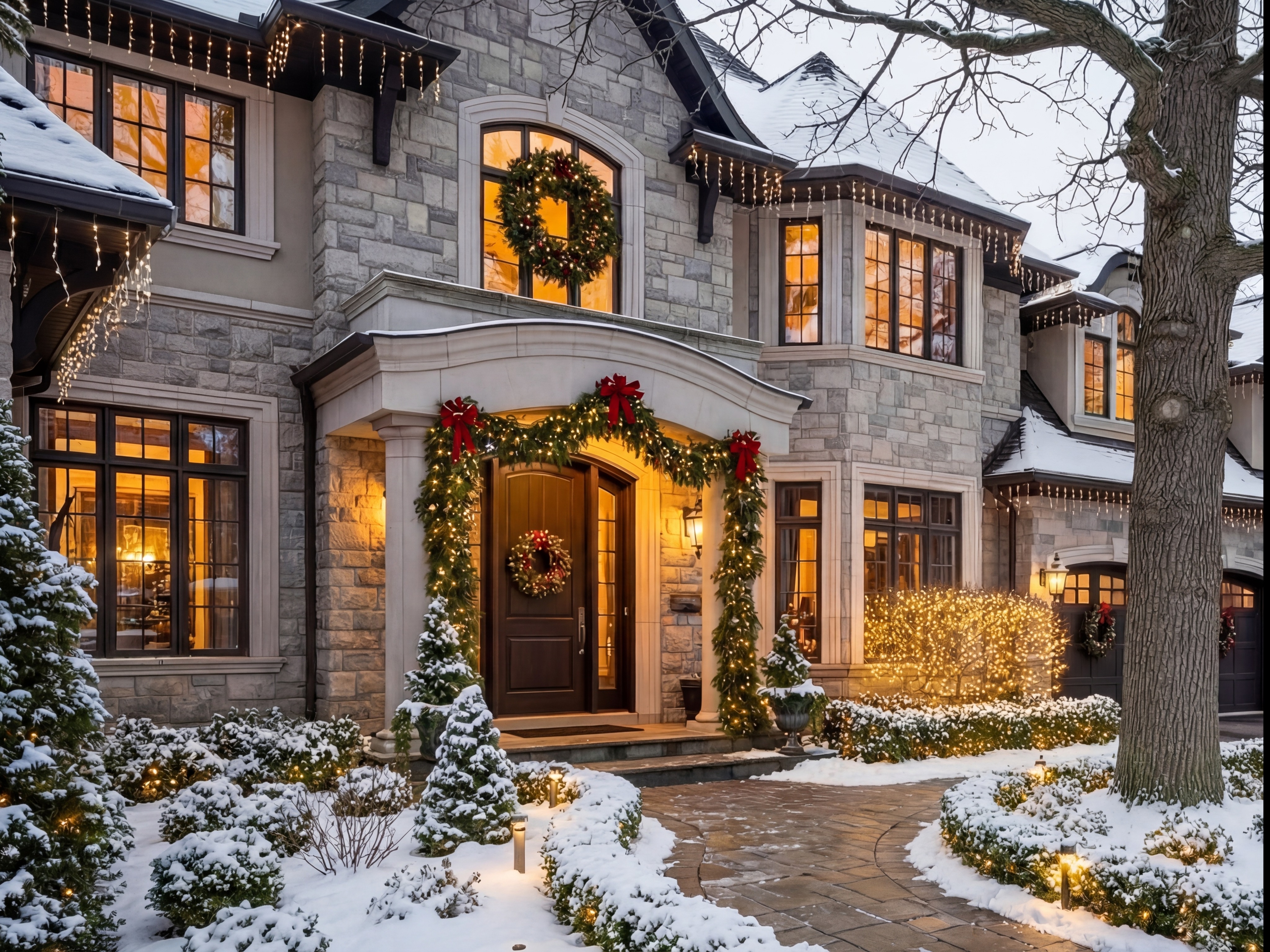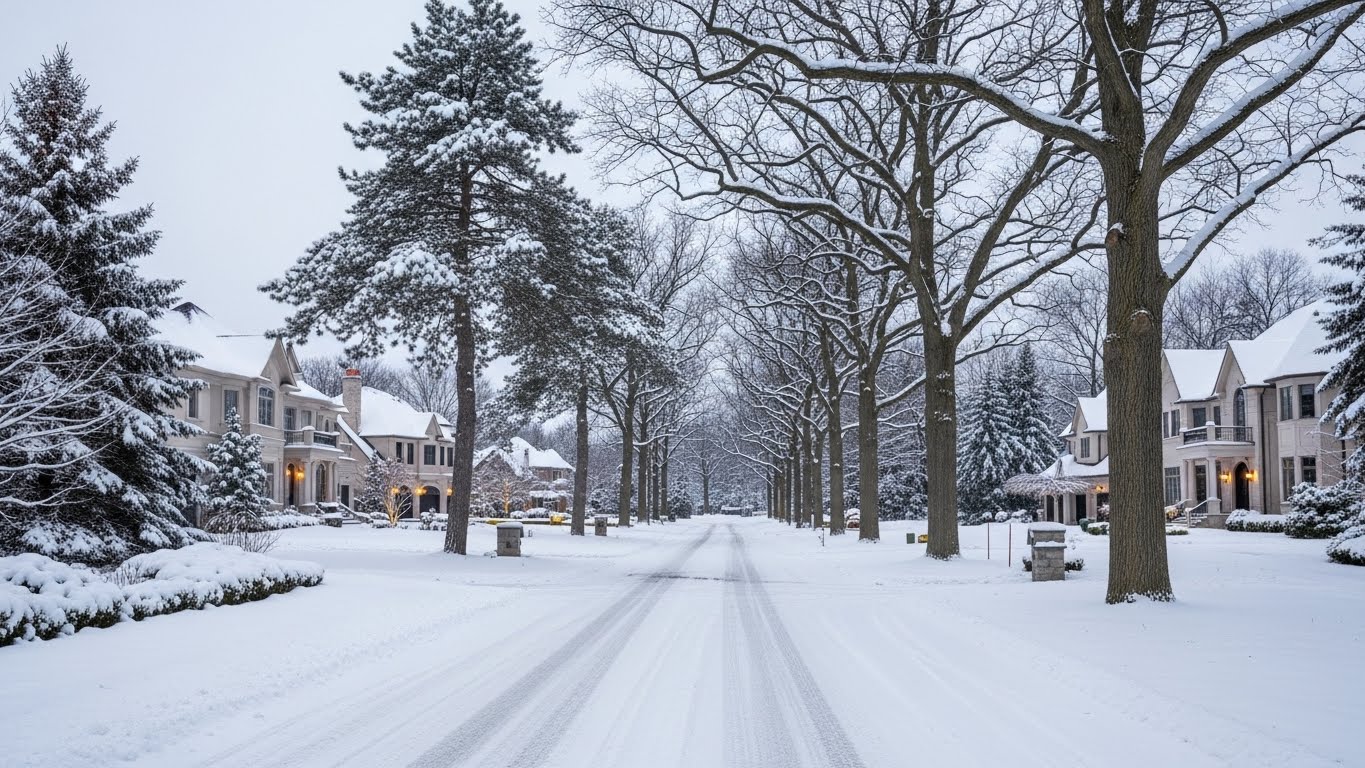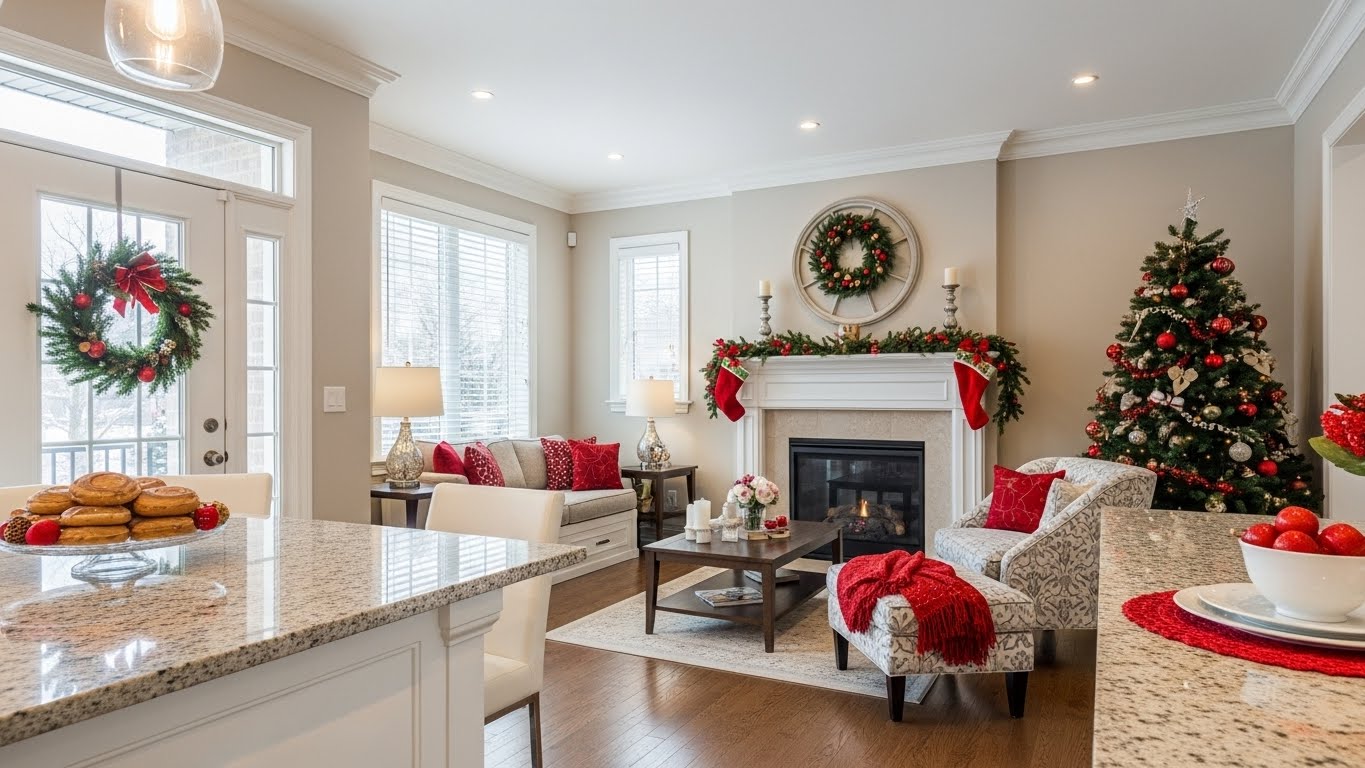Lighting is essential when preparing a home for sale, as it can dramatically influence how a room looks. A small space can appear much larger if it has large windows with views of gardens and greenery, while outdated lighting can highlight a home’s age. Effective lighting enhances a home’s features, making it feel more spacious, modern, and appealing to potential buyers. Here are some tips to help you understand the types of lighting that are crucial for showcasing a space and ensuring a memorable home showing.
Natural Lighting:
Dark rooms can be an immediate turn-off for buyers. The easiest way to enhance a room’s appeal is by maximizing natural light. Open curtains and blinds, and thoroughly clean windows to let in as much sunlight as possible.
Ambiance Lighting:
Often used in entryways, dining rooms, living rooms, family rooms, and bedrooms, ambiance lighting is designed to highlight artwork, architectural features, and set the mood. Floor and table lamps, wall sconces, and recessed lights are excellent sources of ambiance lighting. These can be layered with a primary light source or used alone, depending on the room's size.
Task Lighting:
Certain areas like the kitchen, bathroom, and office require focused lighting for specific tasks such as cooking, applying makeup, or reading. In kitchens, prioritize lighting for work areas like cabinets, islands, and sinks. In bathrooms, wall-mounted fixtures above or beside vanity mirrors are ideal. Offices benefit from a main ceiling light, supplemented by recessed lighting and a desk lamp. Common Lighting Issues Before Staging
Outdated Light Fixtures:
Replacing old fixtures with modern, contemporary ones is an easy way to update a room's appearance. Ensure that fixtures are positioned to illuminate key areas effectively. Additionally, replace any burnt-out bulbs with new ones that match the existing ones. Avoid using energy-saving bulbs that take too long to fully light up during showings. Ensure your bulbs cast a warm glow by avoiding cool LED light bulbs.
Lamps That Are Too Small for the Room:
Replace small lamps with larger ones that provide more light and add visual interest and balance to the room.
Single Light Source in a Large Room: To create a warm and inviting atmosphere, layer lighting by adding aesthetic options like wall sconces and recessed lights with dimmers.
Ceiling Fans: Consider replacing older ceiling fans with more functional light fixtures. Ceiling fans also tend to make the ceiling look lower than it is and can convey that there is a cooling issue in the room it is placed in.





.png)
